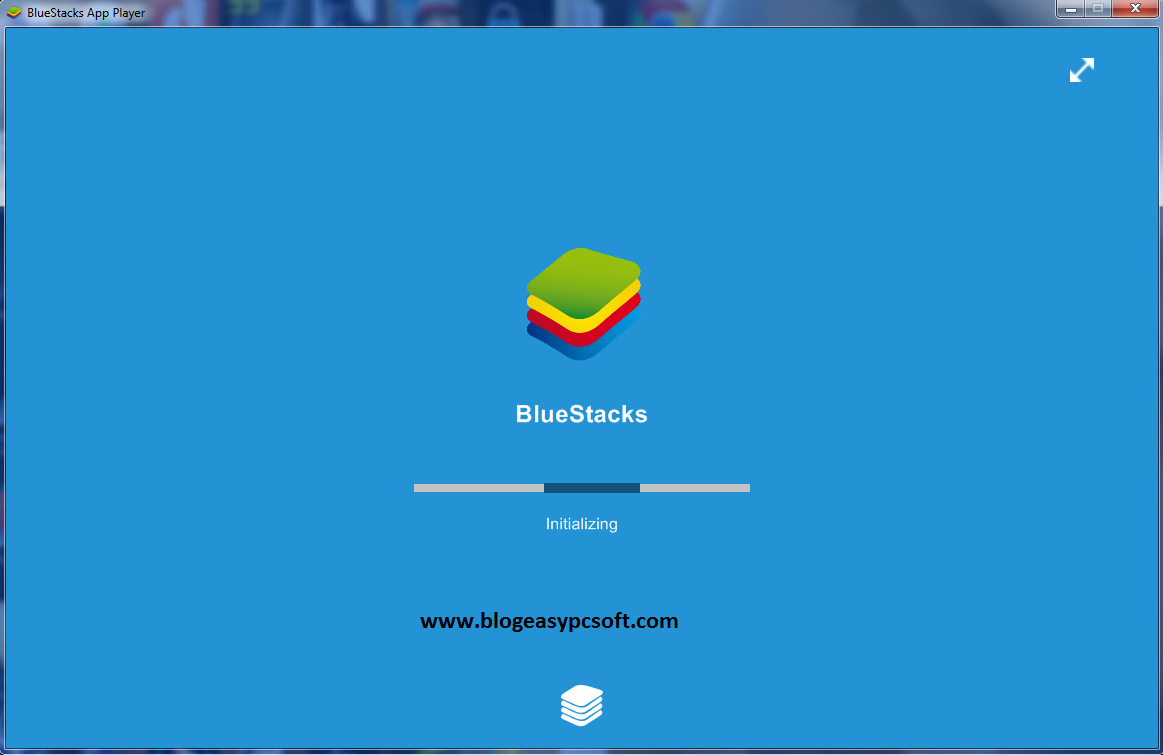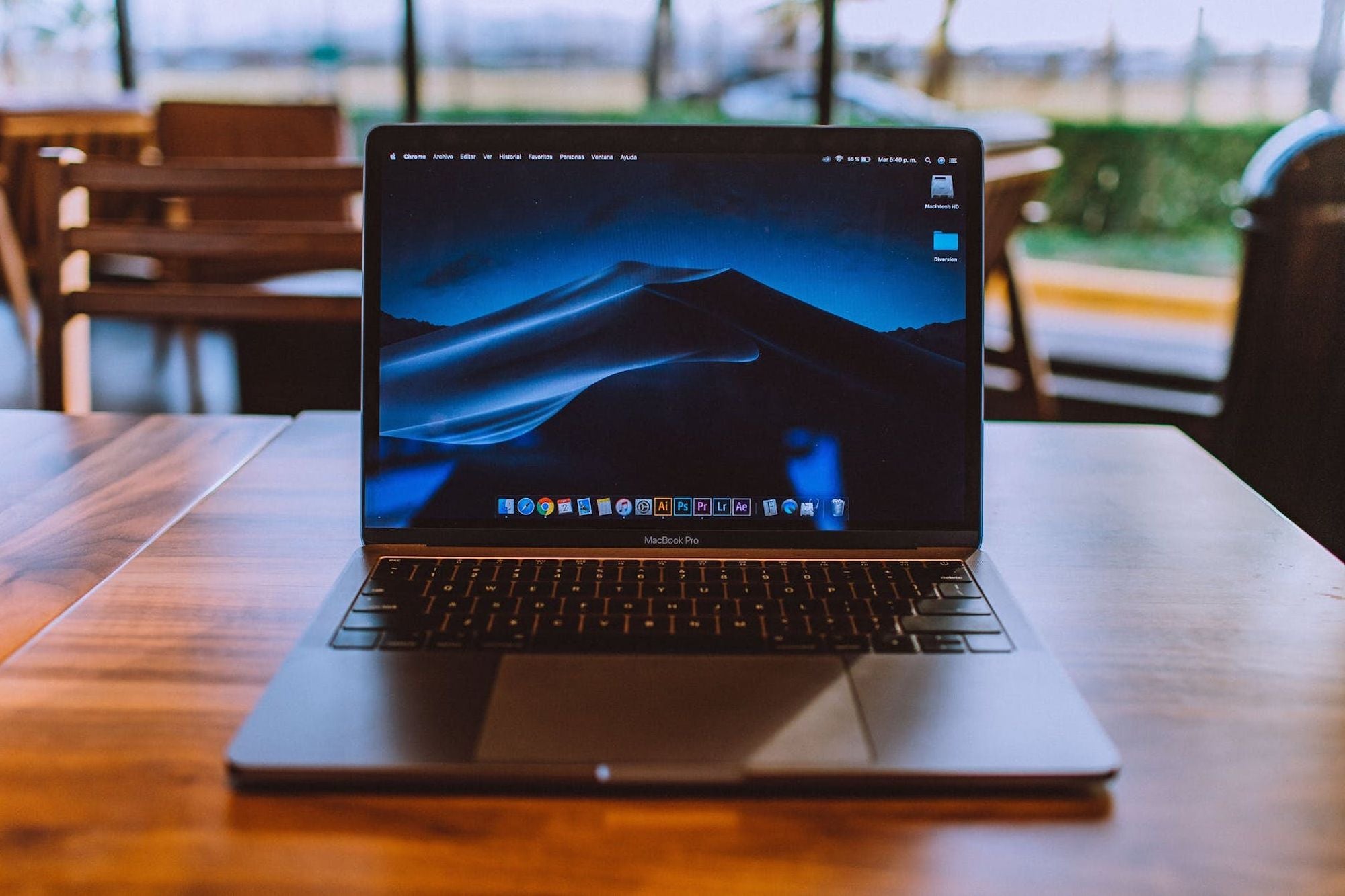Mar 25, 2019 How to Run Windows on a Mac. It's still a Windows world, and once in a while you need to live in it. Here's how to dual boot Windows and macOS with Boot Camp or virtualize Windows.
Jan 02, 2015 You can run the next-gen OS from Microsoft (Windows 10) on your Mac using virtualization for free, however. We took a quick run at doing. Although you can use Apple software to create documents, Microsoft Office is one of the most widely used software bundles and is available in Windows and Macintosh versions. If you use a Mac, but frequently send documents to people using Microsoft Office, install Microsoft Office directly on your Mac or choose a free equivalent. 1 Run Boot Camp Assistant (in the Utilities folder under Applications) to make sure that you have the latest firmware on your computer. You can find any updates at the Apple Web site.Follow any on-screen instructions if you’re updating the firmware. If you’re using a. Jun 12, 2019 If you have a Windows 10 system, there are very few ways you can run Mac apps on your device. However, it isn’t impossible. Here’s how you run Mac apps on your Windows 10 machine, for free. Step 1: Create a macOS Virtual Machine. The easiest way to run Mac apps on your Windows 10 machine is with a virtual machine. Aug 05, 2019 This can be done electronically from the Microsoft Store here, where you’ll receive a product key and download, or you can choose to receive a copy via physical USB.Windows 10 Home starts at about $120, and the Pro version costs about $200. However, both are still cheaper than trying to buy an entirely new computer just to run a few of your favorite things.
Thanks to Apple software called Boot Camp, you can run both Windows (XP or Vista) and OS X on one Mac machine. Here’s how to install Boot Camp, which came with Leopard, so you can use both Windows and OS X, interchangeably.
1Run Boot Camp Assistant (in the Utilities folder under Applications) to make sure that you have the latest firmware on your computer.
You can find any updates at the Apple Web site. Follow any on-screen instructions if you’re updating the firmware. If you’re using a portable computer, make sure to connect the power adapter.
2Create a partition for Windows XP or Vista.
This partition must be at least 5GB and can be as large as the total free disc space on hand minus 5GB. If you don’t plan on doing much in Windows, keep the XP or Vista partition small. If you plan on running graphics-heavy games and a lot of Windows programs, you might devote a larger amount to Windows. Drag the divider to set the partitions for both OS X and Windows. Or click Divide Equally to make equal partitions. Still another option: Click 32GB to devote that much to Windows.
3Insert the Windows CD. Click Start Installation.
If you exited Boot Camp Assistant before installing Windows, open it again, choose Start the Windows Installer, and click Continue.
4When asked to choose the Windows partition, select C: if you’re running Windows XP or select Disk 0 Partition 3 BOOTCAMP if you are running Vista.
This is important. Failure to do so could wipe out your entire Mac OS X startup disk.
5Format the partition.
For Windows XP, format the partition in either the NTFS file system or FAT. FAT provides better compatibility between the two operating systems but is available only if the partition you created for Windows is 32GB or smaller; NTFS is more reliable and secure, but you won’t be able to save files to Windows from Mac OS X. For Vista, format the partition using NTFS. Click Drive Options (Advanced), click Format, and then click OK. Click Next.
6After Windows is installed, eject the Windows disc.
You can do so by going to My Computer, selecting the optical drive (D:), and clicking Eject This Disk in the Systems Task list.
7Insert the Leopard installation disc and follow the on-screen instructions.
You’re loading Boot Camp drivers so that Windows recognizes AirPort, Bluetooth, the iSight camera, the Eject key on the Mac keyboard, networking, audio, graphics, and so on. A Boot Camp control panel for Windows and an Apple Boot Camp system tray item will be added.
8When you see the message that the software “has not passed Windows Logo testing,” click Continue Anyway.
Don’t cancel any driver installers. The computer will restart.
9Follow any Found New Hardware instructions.
As with any new Windows computer, Microsoft requires that you activate your XP or Vista software within 30 days.
What you need to install Windows 10 on Mac
- MacBook introduced in 2015 or later
- MacBook Air introduced in 2012 or later
- MacBook Pro introduced in 2012 or later
- Mac mini introduced in 2012 or later
- iMac introduced in 2012 or later1
- iMac Pro (all models)
- Mac Pro introduced in 2013 or later
The latest macOS updates, which can include updates to Boot Camp Assistant. You will use Boot Camp Assistant to install Windows 10.
64GB or more free storage space on your Mac startup disk:
- Your Mac can have as little as 64GB of free storage space, but at least 128GB of free storage space provides the best experience. Automatic Windows updates require that much space or more.
- If you have an iMac Pro or Mac Pro with 128GB of memory (RAM) or more, your startup disk needs at least as much free storage space as your Mac has memory.2
An external USB flash drive with a storage capacity of 16GB or more, unless you're using a Mac that doesn't need a flash drive to install Windows.
Can You Run Windows Software On A Mac Free
A 64-bit version of Windows 10 Home or Windows 10 Pro on a disk image (ISO) or other installation media. If installing Windows on your Mac for the first time, this must be a full version of Windows, not an upgrade.
- If your copy of Windows came on a USB flash drive, or you have a Windows product key and no installation disc, download a Windows 10 disk image from Microsoft.
- If your copy of Windows came on a DVD, you might need to create a disk image of that DVD.
How to install Windows 10 on Mac
To install Windows, use Boot Camp Assistant, which is included with your Mac.
1. Use Boot Camp Assistant to create a Windows partition
Open Boot Camp Assistant, which is in the Utilities folder of your Applications folder. Then follow the onscreen instructions.
- If you're asked to insert a USB drive, plug your USB flash drive into your Mac. Boot Camp Assistant will use it to create a bootable USB drive for Windows installation.
- When Boot Camp Assistant asks you to set the size of the Windows partition, remember the minimum storage-space requirements in the previous section. Set a partition size that meets your needs, because you can't change its size later.
2. Format the Windows (BOOTCAMP) partition
When Boot Camp Assistant finishes, your Mac restarts to the Windows installer. If the installer asks where to install Windows, select the BOOTCAMP partition and click Format. In most cases, the installer selects and formats the BOOTCAMP partition automatically.
3. Install Windows
Unplug any external devices that aren't necessary during installation. Then click Next and follow the onscreen instructions to begin installing Windows.
4. Use the Boot Camp installer in Windows

After Windows installation completes, your Mac starts up in Windows and opens a ”Welcome to the Boot Camp installer” window. Follow the onscreen instructions to install Boot Camp and Windows support software (drivers). You will be asked to restart when done.
- If the Boot Camp installer never opens, open the Boot Camp installer manually and use it to complete Boot Camp installation.
- If you have an external display connected to a Thunderbolt 3 port on your Mac, the display will be blank (black, gray, or blue) for up to 2 minutes during installation.
How to switch between Windows and macOS
Restart, then press and hold the Option (or Alt) ⌥ key during startup to switch between Windows and macOS.
Learn more
If you have one of these Mac models using OS X El Capitan 10.11 or later, you don't need a USB flash drive to install Windows:
- MacBook introduced in 2015 or later
- MacBook Air introduced in 2017 or later3
- MacBook Pro introduced in 2015 or later3
- iMac introduced in 2015 or later
- iMac Pro (all models)
- Mac Pro introduced in late 2013
To remove Windows from your Mac, use Boot Camp Assistant, not any other utility.
For more information about using Windows on your Mac, open Boot Camp Assistant and click the Open Boot Camp Help button.
Run Windows In Mac
1. If you're using an iMac (Retina 5K, 27-inch, Late 2014) or iMac (27-inch, Late 2013) or iMac (27-inch, Late 2012) with a 3TB hard drive and macOS Mojave or later, learn about an alert you might see during installation.

2. For example, if your Mac has 128GB of memory, its startup disk must have at least 128GB of storage space available for Windows. To see how much memory your Mac has, choose Apple menu > About This Mac. To see how much storage space is available, click the Storage tab in the same window.
3. These Mac models were offered with 128GB hard drives as an option. Apple recommends 256GB or larger hard drives so that you can create a Boot Camp partition of at least 128GB.